We want to be able to connect to my on-premise database from our google cloud kubernetes.
We are currently attempting to do so by using "Create a VPN connection" from within the google console.
In the field IP address, I am forced to create (or pick from existing) "External IP Addresses".
I am able to link a single VM-instance to this External IP Address. But I want my VPN connection/tunnel to be between my on-premises network and EVERYTHING within my Google cloud network.
This IP should not just work as External IP Addr. for a single instance. I need to make it a gateway to the network as a whole. What am I missing?
Thanks in advance.
Another way to frame the question: How do I find the IP Address of the gateway to my Google cloud network (VPC) and how do I supply that IP to the VPN Connection creation ?
